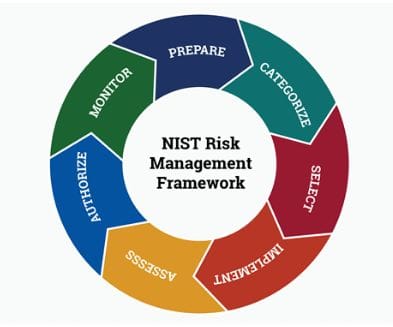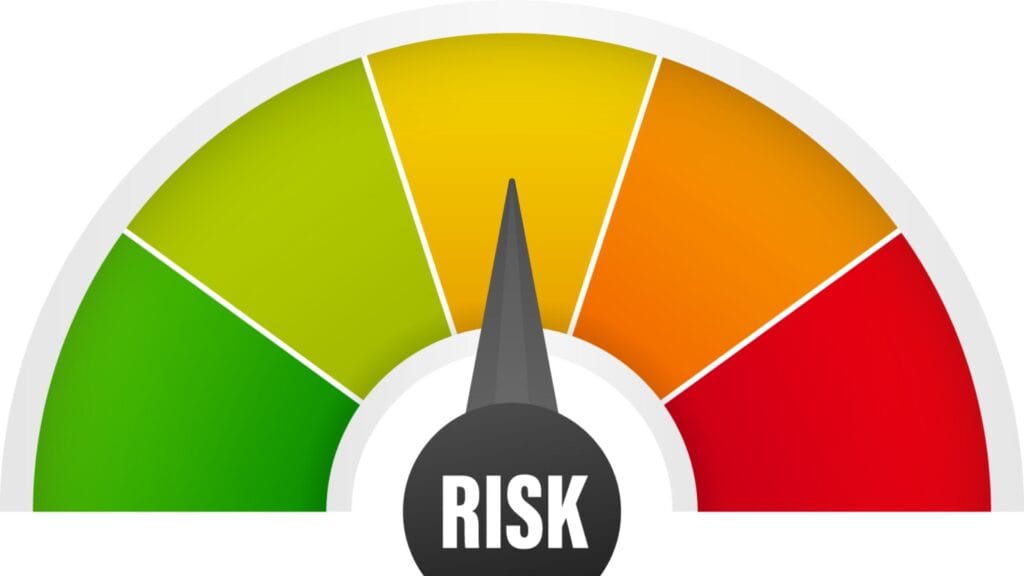Every organization needs a risk management framework.
By: Eddie Hernandez
Published: May 3, 2025 (Updated May 21, 2025)
Navigating the Complex Landscape of Risk
Businesses face an increasing array of risks — from cybersecurity threats, regulatory changes, financial uncertainties, and operational disruptions. Without a structured approach, organizations struggle to identify, assess, and mitigate these risks effectively. This is where Enterprise Risk Management (ERM) frameworks like the NIST Risk Management Framework (RMF) become indispensable.
The Cost of Ignoring Risk
Failure to implement a risk management strategy can lead to devastating consequences, including:
- Data Breaches: A lack of cybersecurity governance increases vulnerability to attacks.
- Regulatory Fines: Non-compliance with industry standards can result in financial penalties.
- Operational Disruptions: Unaddressed risks can lead to business downtime and revenue loss.
- Reputational Damage: Mishandled crises can erode customer trust and stakeholder confidence.
- Increased Employee Turnover: Aside from employers seeing burnout and low performance, the employees are wanting to ensure that their employers take the protection of their personal data seriously too.
With high-profile security failures making headlines, businesses can no longer afford to take a reactive approach to risk management. Instead, they must adopt proven frameworks to proactively assess and mitigate threats.
The Power of a Risk Management Framework
A structured ERM framework provides organizations with a clear roadmap to:
✅ Prepare – Recognizing potential threats across all areas of operations enables organizations to identify risks.
✅ Categorize – Evaluating the risks by the likelihood and impact of each risk allows organizations to prioritize the work and put risks into categories.
✅ Select – Choosing from from a set of security controls from standards, developing company policies/rules, purchasing or investing in solutions.
✅ Implement – Putting appropriate and suitable security controls (countermeasures) in place to treat, reduce, mitigate risks to an acceptable level or delegate and/or defer the risk to a third-party.
✅ Assess – Evaluating the effectiveness of the security controls that have been implemented. By performing tests and reviewing what can possibly go wrong, the company can ensure sufficient countermeasures are in place.
✅ Authorize – Proceeding with a plan of action to operate and continue business with known threats, risks, and suitable controls in place.
✅ Monitor & Improve – Continuously updating strategies to adapt to emerging risks.

NIST Risk Management Framework
Continual Improvement
Once a solid framework is in place to manage and reduce risks, the need for continual improvement is vital to the efficiency of any risk management framework. It transforms a static set of policies into a dynamic, adaptive process that evolves with the threat landscape. By regularly analyzing system performance, integrating feedback from both internal audits and real-world incidents, and embracing lessons learned from past challenges, organizations can refine security controls and processes to stay ahead of emerging risks.
The shown cyclical process ensures that strategies and controls are not only reactive but also proactive, fostering a resilient environment where risk management is an ongoing journey rather than a one-time project. In this way, continual improvement not only addresses known vulnerabilities but also enhances preparedness for unknown threats, ultimately strengthening overall organizational security over time.
Would you like to explore some specific strategies or case studies that illustrate effective continual improvement in cybersecurity risk management?
Visit my Case Studies section or contact me.





